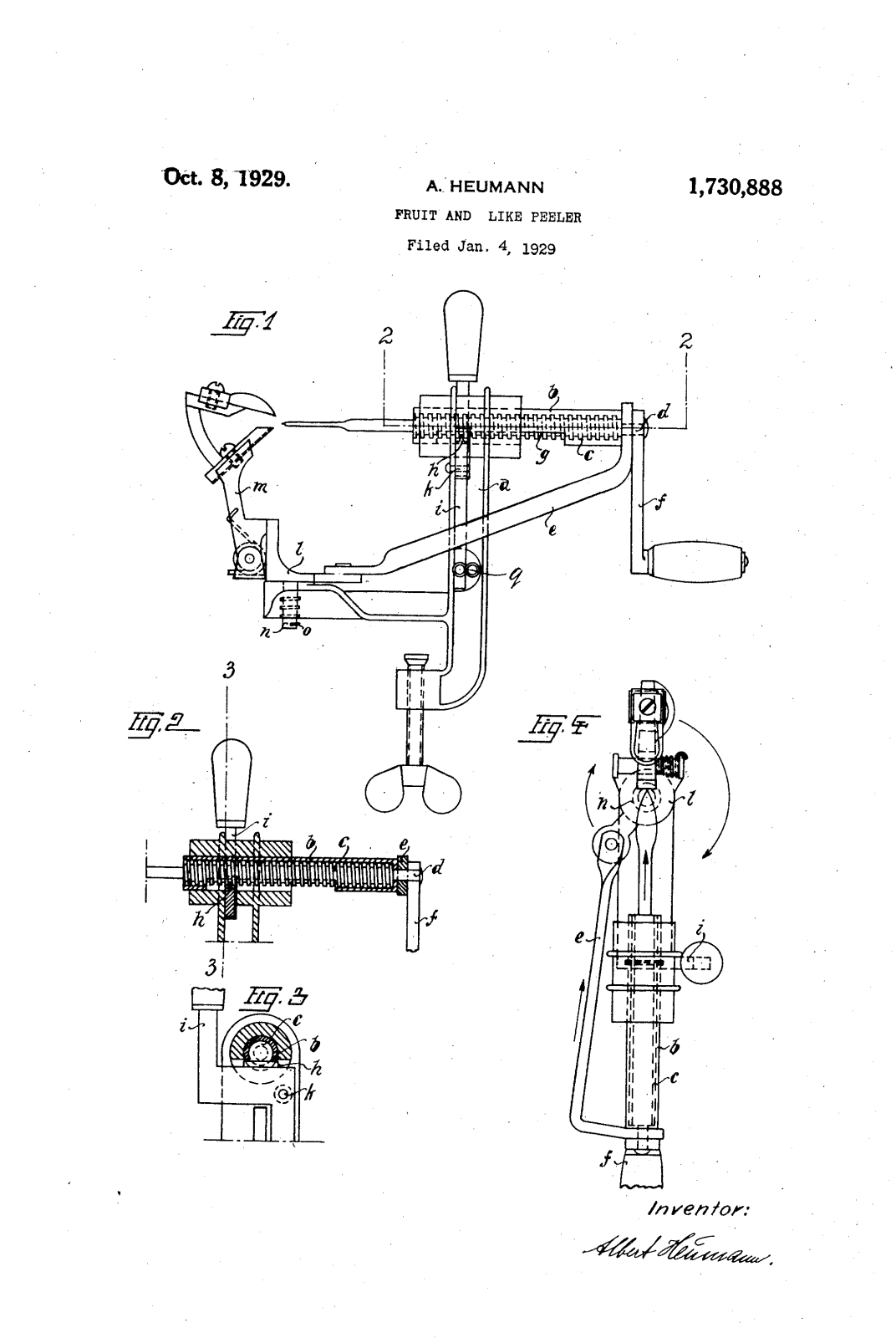Kitchen Gadgetry
by Andy Boyd
Today, gadgets galore. The University of Houston presents this series about the machines that make our civilization run, and the people whose ingenuity created them.
What's the most gadget filled room in your home? If you're like most people, it's probably your kitchen. There are big items like freezers, stoves, dishwashers, microwaves. And then there are all those little things we couldn't do without -- coffee makers, pots, bowl scrapers, cheese graters ... the list goes on and on.
And to the engineer, it's a treasure-trove. Almost every item has an elaborate history of design and redesign. Most pass into obscurity, rendered obsolete by new or better technology.
I recently found myself thumbing through From Hearth to Cookstove: ... Gadgets and Utensils Made or Used in America from 1700 to 1930. The book doesn't pretend to be all-encompassing. No surprise. A complete history would require volumes. But it does contain some gems.
Take, for example, the ale boot -- a metal pot shaped like a boot. It's easily thrust deep into the coals of a fire, warming your beer on cold winter nights. We find an assortment of devices for keeping flies away from food -- a very real concern before window screens and air conditioning. One such device is the fly fan. Wind it up and a hand-held fan waves back and forth -- a mechanical means for shooing flies away. Before the toaster was the toast fork. The many innovative designs were used to hold bread over the fire, much as we use sticks to roast our marshmallows today.
The contraptions for peeling apples are a delight. Gears, blades, springs -- many are quite elaborate. By 1874, over eighty patents had been filed for cast iron apple parers. Was it really that important a utensil?

The collection of tools for mashing potatoes goes on for pages. And then there are the egg beaters. Some look like springs; others like failed fly swatters. Variations of the dual interlocking mixer are quite popular. All totaled, I counted fifty-one different designs in the book -- all hand-powered. That's not true of the butter churns. Some of them incorporate treadmills so they can be run on dog power.

And women were behind many of the improvements. According to an article in the New York Times, by 1890 women had filed 2400 patents -- an astounding number given the role of women in that era. Most were filed by "thrifty housewives ... generally in the nature of kitchen utensils and domestic articles." Women didn't simply inspire changes; they engineered them.
Today we take our kitchen gadgetry for granted. We chop with a Cuisinart, mix with a blender, and slice bagels with specially designed bagel cutters. But our kitchens are filled with innovation. Next time you're preparing a meal, take a moment to marvel at the history tucked away in your cabinets and drawers. And while you're there, perhaps it's time to set some of that history free and make room for the future.
I'm Andy Boyd at the University of Houston, where we're interested in the way inventive minds work.
(Theme music)
L. C. Franklin. From Hearth to Cookstove: An American Domestic History of Gadgets and Utensils Made or Used in America from 1700 to 1930. Florence, Alabama: House of Collectibles, 1976.
The quotation in the text is taken from From Hearth to Cookstove, p. xiv. It is referenced as being taken from the New York Times, December 14, 1890.
Pictures were taken from the website of the United States Patent Office. Accessed June 6, 2016.